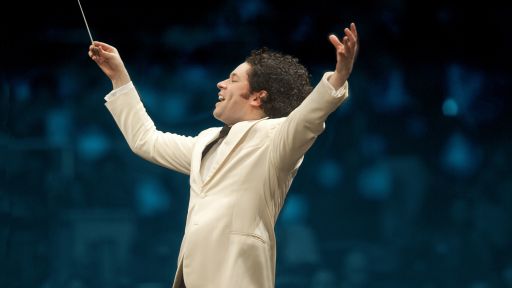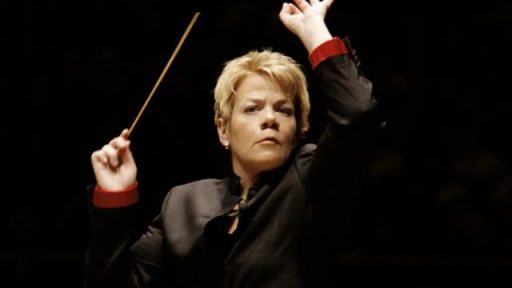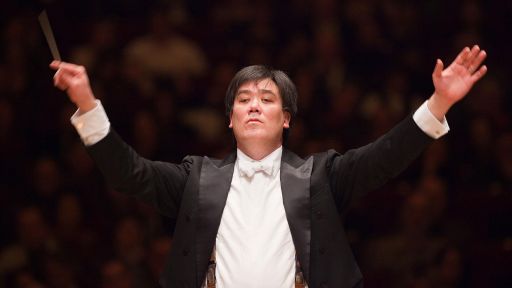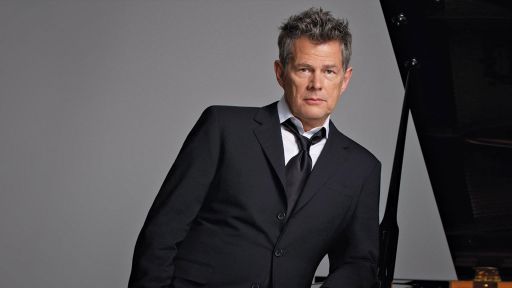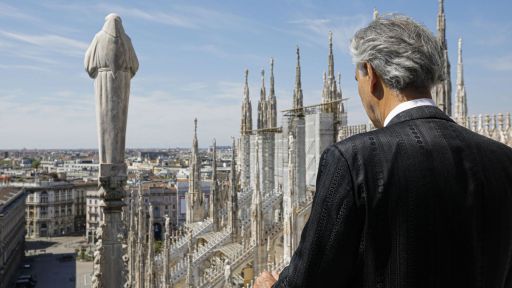LA Phil Music Director Gustavo Dudamel can describe Verdi’s Requiem as passionately as he conducts it.
“The theatrical elements of this piece is incredible,” says the famous conductor in this interview with rehearsal footage. Using his hands, singing, growls and poetic descriptions, Dudamel conveys the intense emotions of Verdi’s Requiem in this excerpt from Great Performances: Dudamel Conducts the Verdi Requiem at The Hollywood Bowl, premiering Friday, August 1 at 9 pm on PBS. (Check local listings.)
A Primer on the Verdi Requiem
What is a Requiem?
A requiem is a Roman Catholic funeral mass and music created for the mass is also referred to as a requiem. Many composers have written requiems. Giuseppe Verdi began composing his in 1873 in tribute to the Italian writer Alessandro Manzoni. He used four soloists, a double choir and orchestra. Verdi conducted the first performance in Milan on May 22, 1874, the first anniversary of Manzoni’s death.
Latin Terms Defined
Catholic masses around the world were traditionally sung in Latin. Some terms that are recurring in the score and described by Dudamel in the video clip are below.
The work’s first movement, called Requiem and Kyrie, has the chorus sing: Requiem aeternam dona eis, Domine – Grant them eternal rest, O Lord.
Part II of the work, the Dies Irae (“The Day of Wrath”), is considered one of the “scarier” pieces of classical music due to the intensity of the bass drums, orchestra and chorus.
In the last part of the Requiem, Líbera me, the chorus sings: Líbera me – Deliver me.
About Gustavo Dudamel
Dudamel (born 1981) planned to study the violin while growing up in Venzuela, but at the age of 12 his talent for conducting was recognized by the country’s publicly financed music education program, “El Sistema.”
Dudamel made his U.S. conducting debut with the LA Phil at the Hollywood Bowl in September 2005 and two years later, the orchestra announced that the young conductor would succeed Esa-Pekka Salonen as its music director, beginning with its 2009-2010 season.

